Phyllida Barlow has us on the edge at the Royal Academy
The British sculptor’s teetering site-specific installations open up new perspectives to the London institution’s architecture
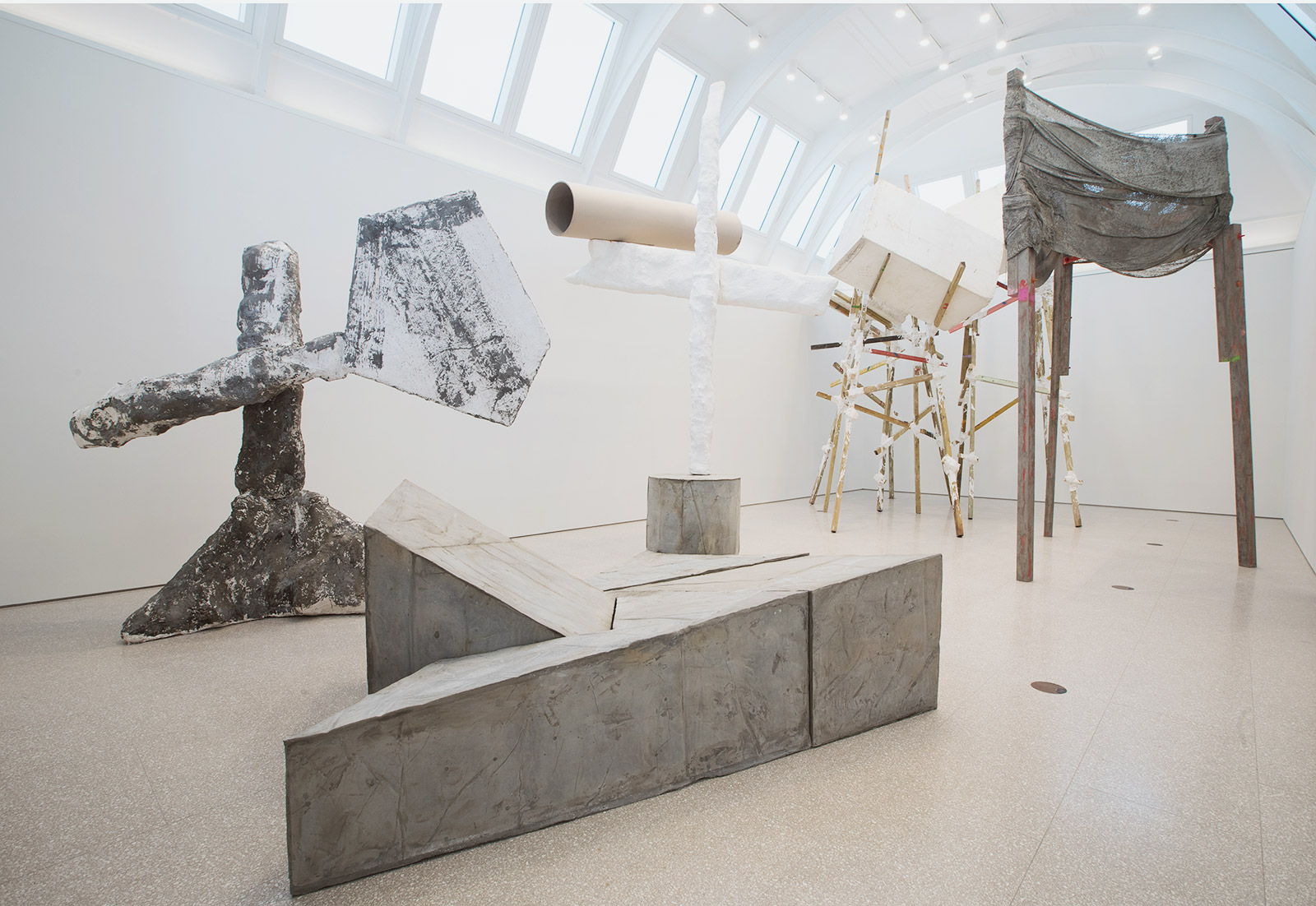
There is palpable momentum behind the sculptural force that is Phyllida Barlow. Her latest operatic aria for the Royal Academy, fulfils every expectation of the acclaimed British sculptor: master of paradaox, connoisseur of materiality and astute interrogator of space. All offset with her unique self-effacing, quietly-spoken charm. But within this soaring three-room sequence in cement, fabric, polystyrene and plaster, a new type of sculptural magic is afoot.
From the entrance, a linear trajectory unfolds as a figure of eight. Immediately, a flurry of stained canvas drapes, bustling like polychrome ghosts. Dusty reds, oranges, greens and yellows sing to a cheerful tune, the only hint of melancholy in their concrete bases; cold and tactile against the frayed fabric folds. Circling behind the canvas thicket the second masterpiece approaches: a treehouse or watchtower of sorts, asymmetric, three-legged, and unsettlingly top-heavy.

Detail of untitled: lintelshadow, 2018-2019, by Phyllida Barlow.
Derived from her lintel-inspired work, the spindly timber posts surmounted by concrete slab are here mammoth in scale, and strikingly pared back. ‘After Venice, I wanted to break away from things getting submerged,’ Barlow explains. She quotes Brâncuși’s famous proposition: ‘Why would you make a stool with four legs, when three will do?’. This is a the new era for the artist. Theatricality lives on, but her new sculptural agenda is one of expediency, simplicity and precision.
In the second room, space is compressed, ‘like a ship in a bottle’. A tilting platform lowers our gaze, impaled with jagged posts like cranes legs stuck in the mud. In close quarters, a lumpy column of painted dull grey rises floor to ceiling, futile in its engorged proportions. Confusion and illusion rises – the metallic structure pierced with the apparent ease of cardboard, while beckoning the column into its empty concave form. Is this a reference to the ominous, sinister quality a cul-de-sac imbues for the artist? ‘You get to the end and you’re not sure how to get out. It is a David Lynch moment!’
Entering the cul-de-sac of the exhibition, absurd acts of balance reach new heights, literally. Three skip-sized boxes perch atop a rickety timber skeleton, seemingly fixed with no more than dabs of plaster and an upwards prayer. It wills us to climb up to see the view, but we must suspend all disbelief – the effect lies in our imagining, the equivalent of Méret Oppenheim’s fur teacup. ‘You are left in a state of obeyance,’ says Barlow. Never before has a cul-de-sac seemed so psychologically charged, so geniusly irrational, nor so fantastically absurd.
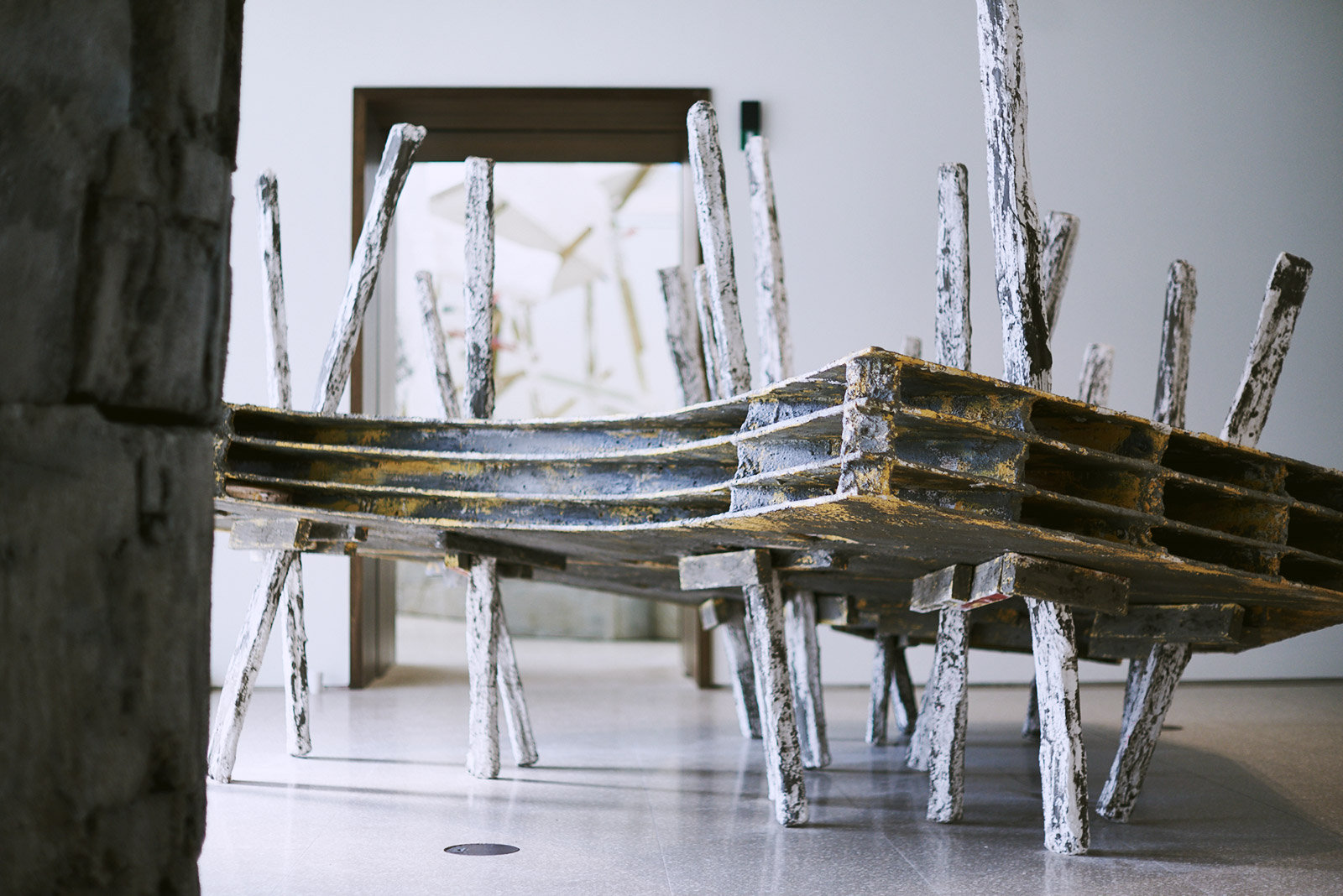
untitled: shadowplatform, 2018–2019, by Phyllida Barlow
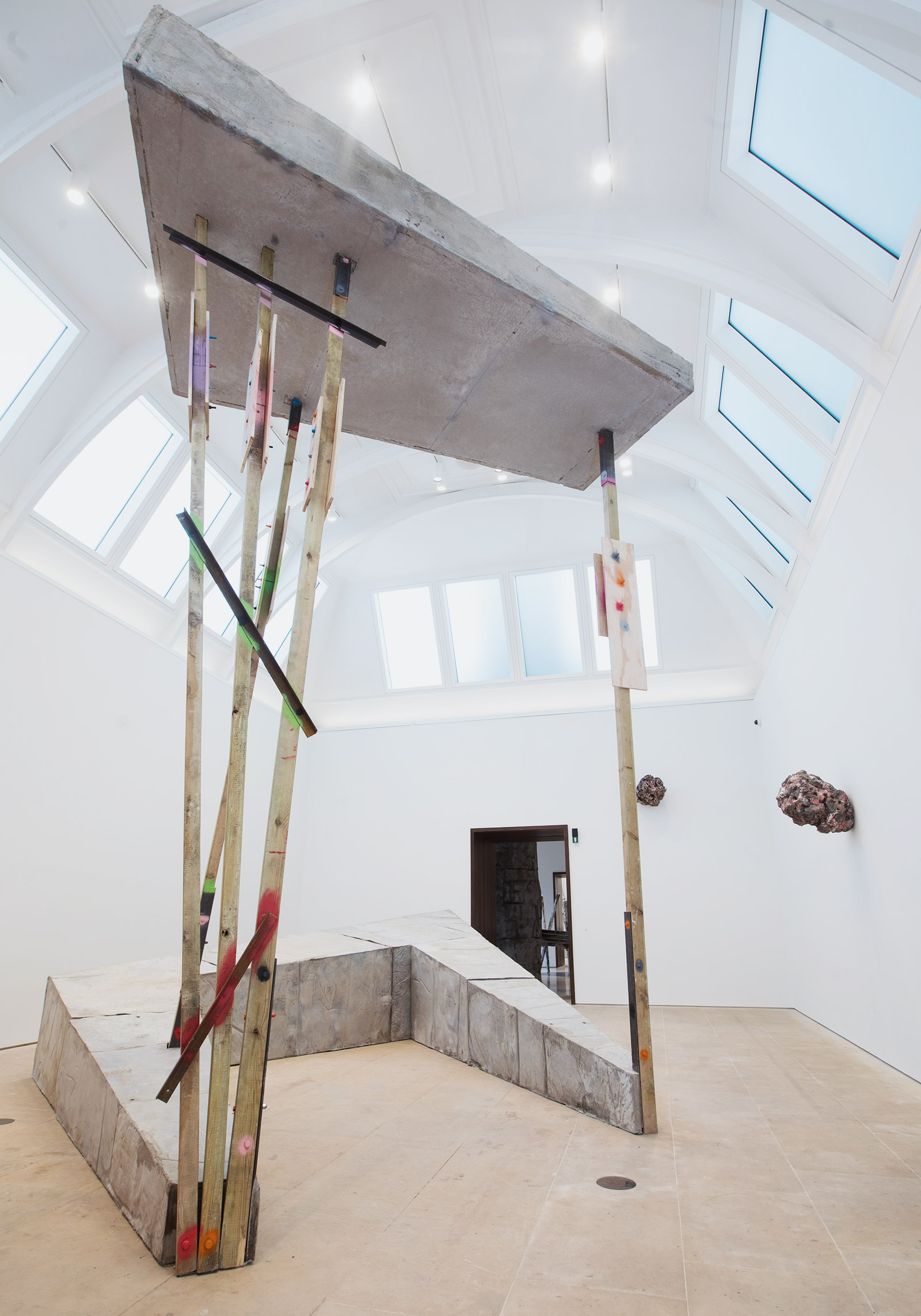
untitled: lintelshadow, 2018-2019, by Phyllida Barlow. Courtesy of the artist and Hauser & Wirth. © Phyllida Barlow and Royal Academy of Arts, London
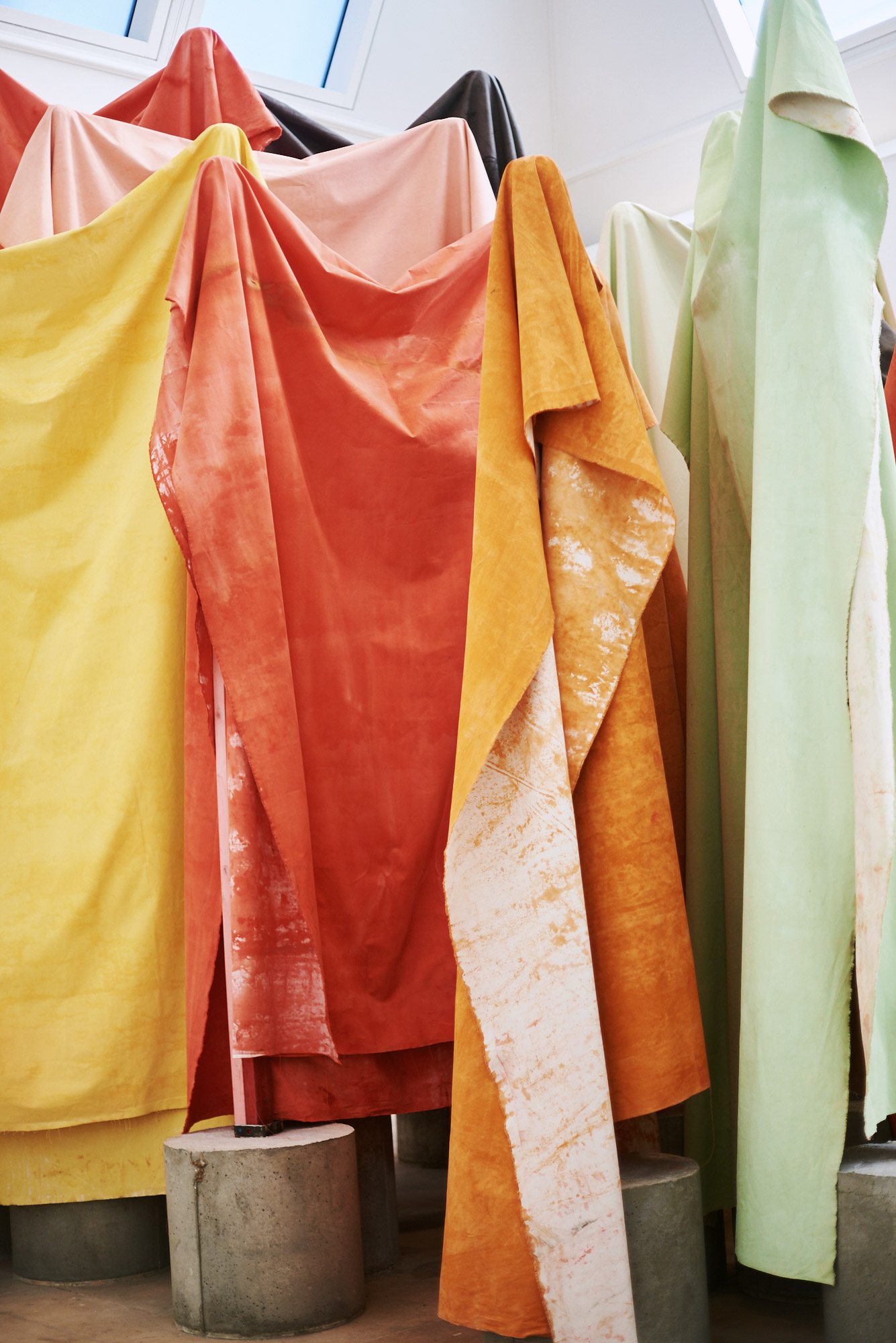
untitled: canvasracks, 2018-2019, by Phyllida Barlow.
INFORMATION
‘cul-de-sac’ is on view 23 February – 23 June. For more information, visit the Royal Academy website
ADDRESS
Royal Academy
Piccadilly
London W1J 0BD
Wallpaper* Newsletter
Receive our daily digest of inspiration, escapism and design stories from around the world direct to your inbox.
-
 All-In is the Paris-based label making full-force fashion for main character dressing
All-In is the Paris-based label making full-force fashion for main character dressingPart of our monthly Uprising series, Wallpaper* meets Benjamin Barron and Bror August Vestbø of All-In, the LVMH Prize-nominated label which bases its collections on a riotous cast of characters – real and imagined
By Orla Brennan
-
 Maserati joins forces with Giorgetti for a turbo-charged relationship
Maserati joins forces with Giorgetti for a turbo-charged relationshipAnnouncing their marriage during Milan Design Week, the brands unveiled a collection, a car and a long term commitment
By Hugo Macdonald
-
 Through an innovative new training program, Poltrona Frau aims to safeguard Italian craft
Through an innovative new training program, Poltrona Frau aims to safeguard Italian craftThe heritage furniture manufacturer is training a new generation of leather artisans
By Cristina Kiran Piotti
-
 ‘Humour is foundational’: artist Ella Kruglyanskaya on painting as a ‘highly questionable’ pursuit
‘Humour is foundational’: artist Ella Kruglyanskaya on painting as a ‘highly questionable’ pursuitElla Kruglyanskaya’s exhibition, ‘Shadows’ at Thomas Dane Gallery, is the first in a series of three this year, with openings in Basel and New York to follow
By Hannah Silver
-
 The art of the textile label: how British mill-made cloth sold itself to Indian buyers
The art of the textile label: how British mill-made cloth sold itself to Indian buyersAn exhibition of Indo-British textile labels at the Museum of Art & Photography (MAP) in Bengaluru is a journey through colonial desire and the design of mass persuasion
By Aastha D
-
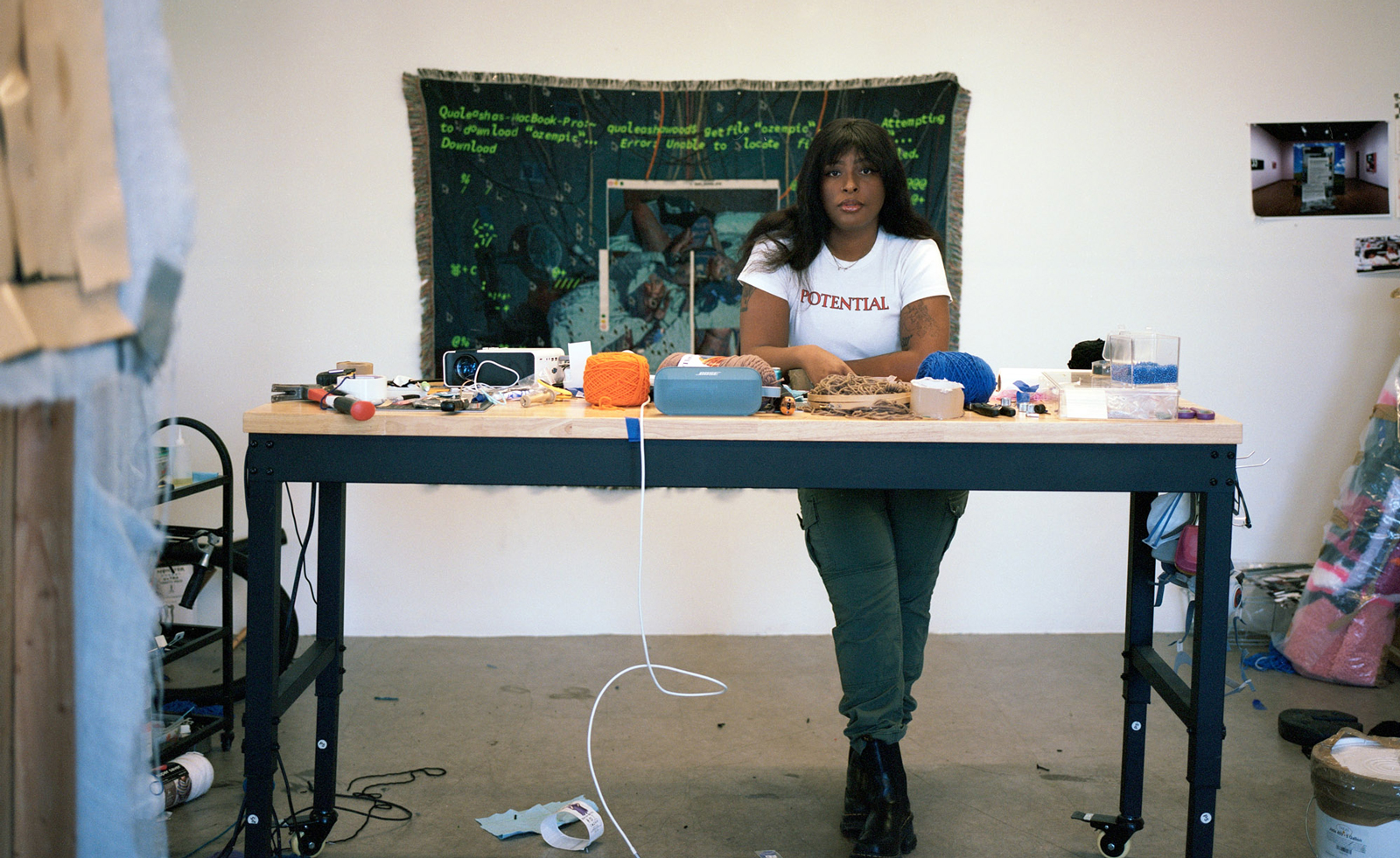 Artist Qualeasha Wood explores the digital glitch to weave stories of the Black female experience
Artist Qualeasha Wood explores the digital glitch to weave stories of the Black female experienceIn ‘Malware’, her new London exhibition at Pippy Houldsworth Gallery, the American artist’s tapestries, tuftings and videos delve into the world of internet malfunction
By Hannah Silver
-
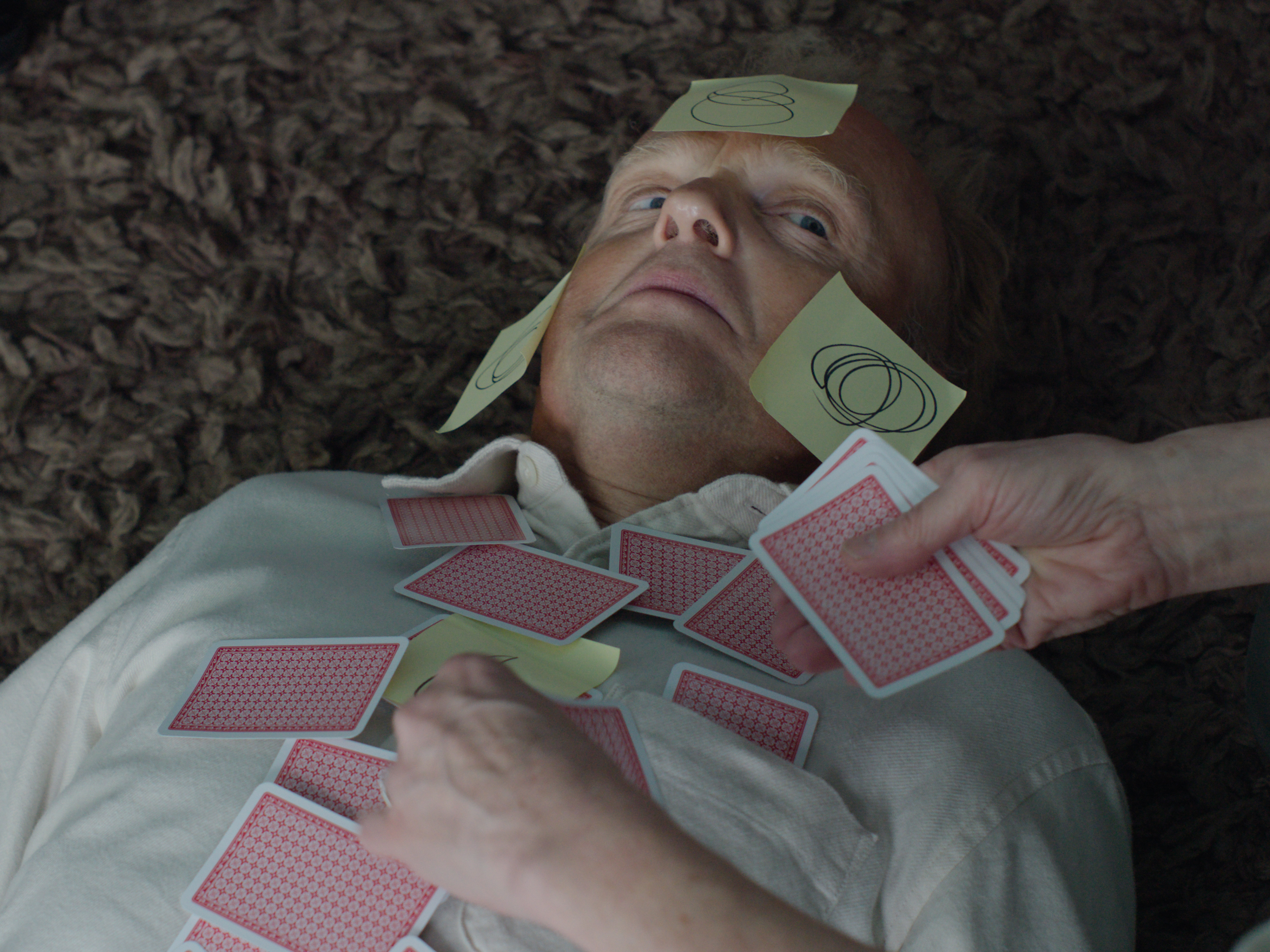 Ed Atkins confronts death at Tate Britain
Ed Atkins confronts death at Tate BritainIn his new London exhibition, the artist prods at the limits of existence through digital and physical works, including a film starring Toby Jones
By Emily Steer
-
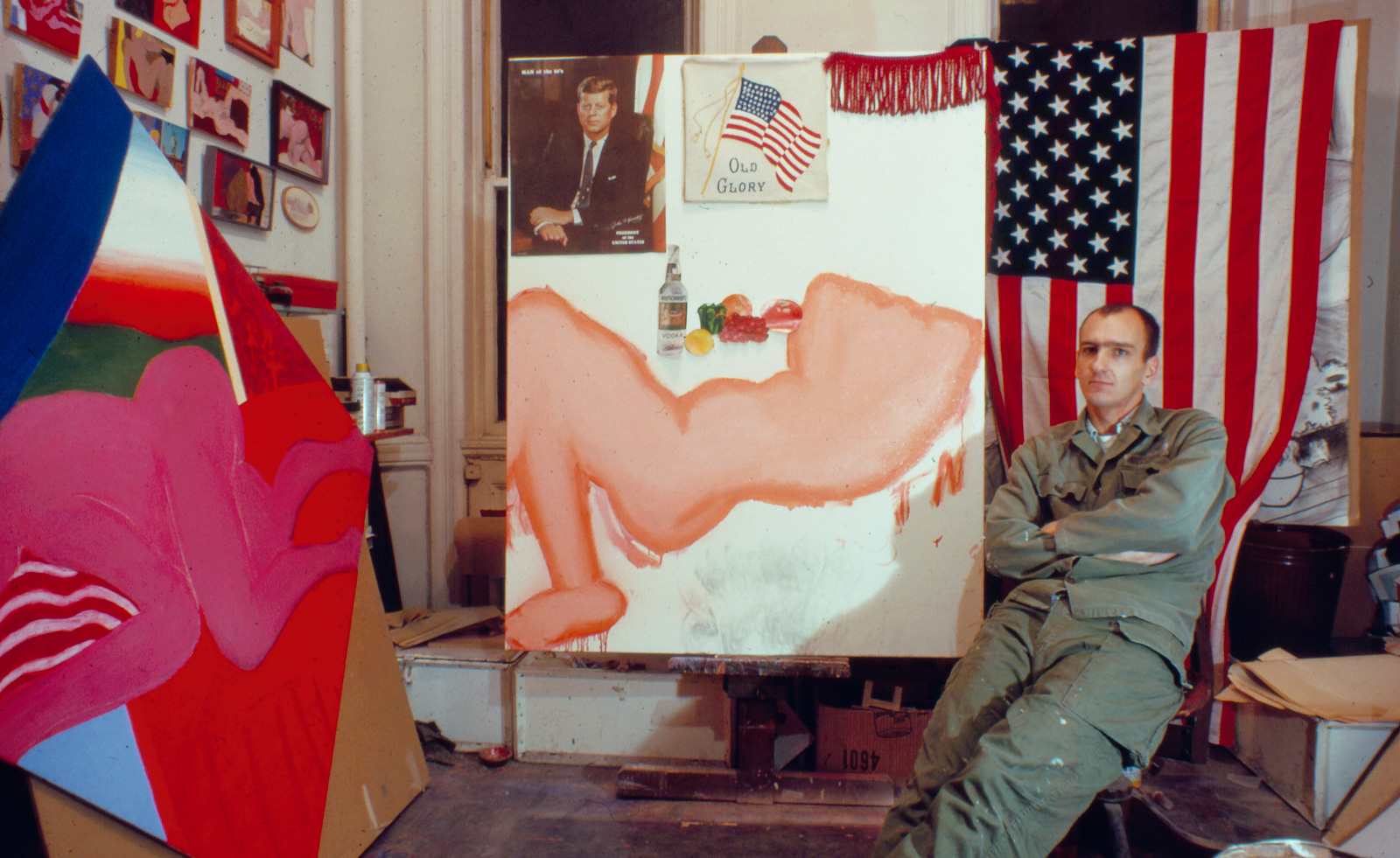 Tom Wesselmann’s 'Up Close' and the anatomy of desire
Tom Wesselmann’s 'Up Close' and the anatomy of desireIn a new exhibition currently on show at Almine Rech in London, Tom Wesselmann challenges the limits of figurative painting
By Sam Moore
-
 A major Frida Kahlo exhibition is coming to the Tate Modern next year
A major Frida Kahlo exhibition is coming to the Tate Modern next yearTate’s 2026 programme includes 'Frida: The Making of an Icon', which will trace the professional and personal life of countercultural figurehead Frida Kahlo
By Anna Solomon
-
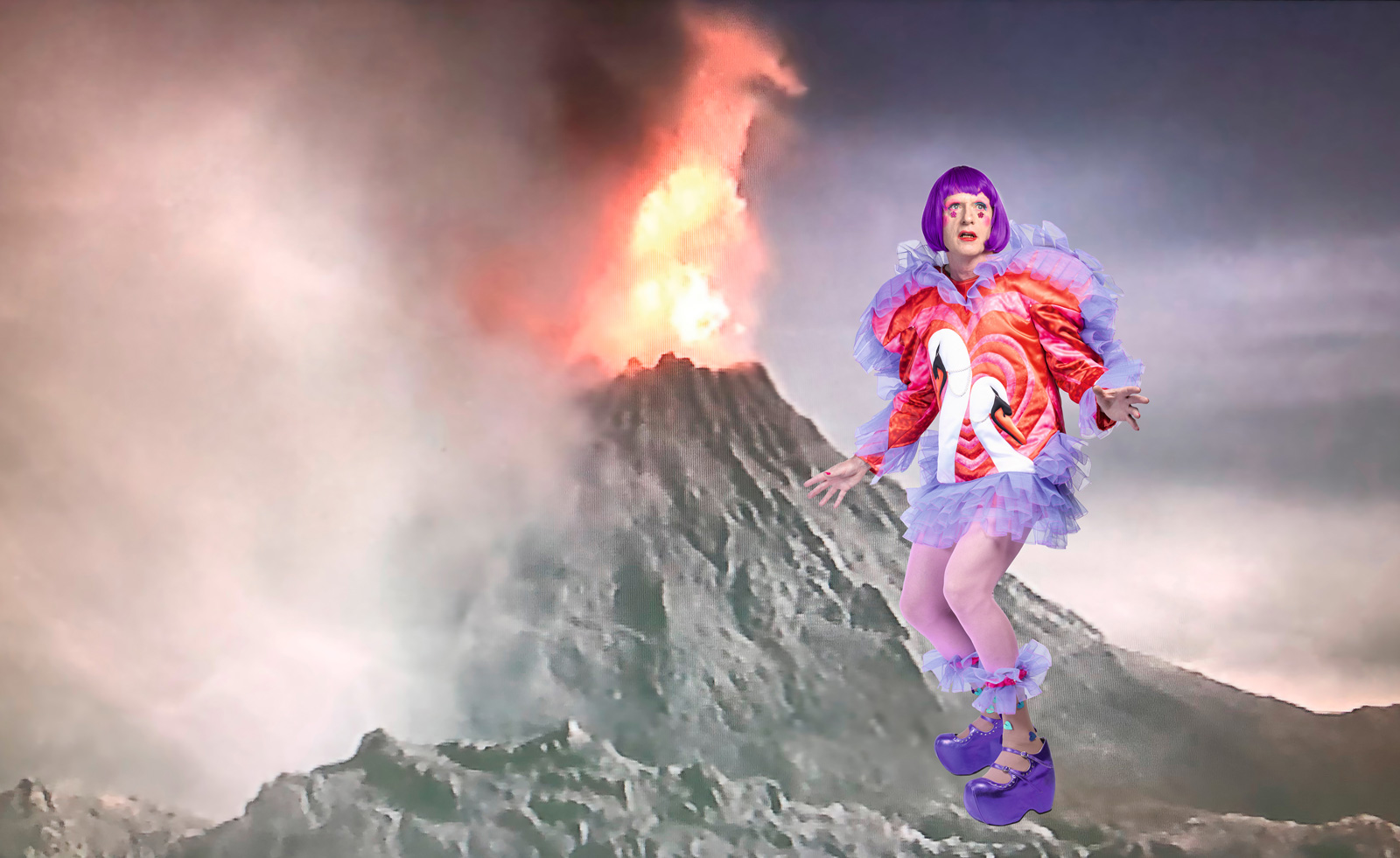 A portrait of the artist: Sotheby’s puts Grayson Perry in the spotlight
A portrait of the artist: Sotheby’s puts Grayson Perry in the spotlightFor more than a decade, photographer Richard Ansett has made Grayson Perry his muse. Now Sotheby’s is staging a selling exhibition of their work
By Hannah Silver
-
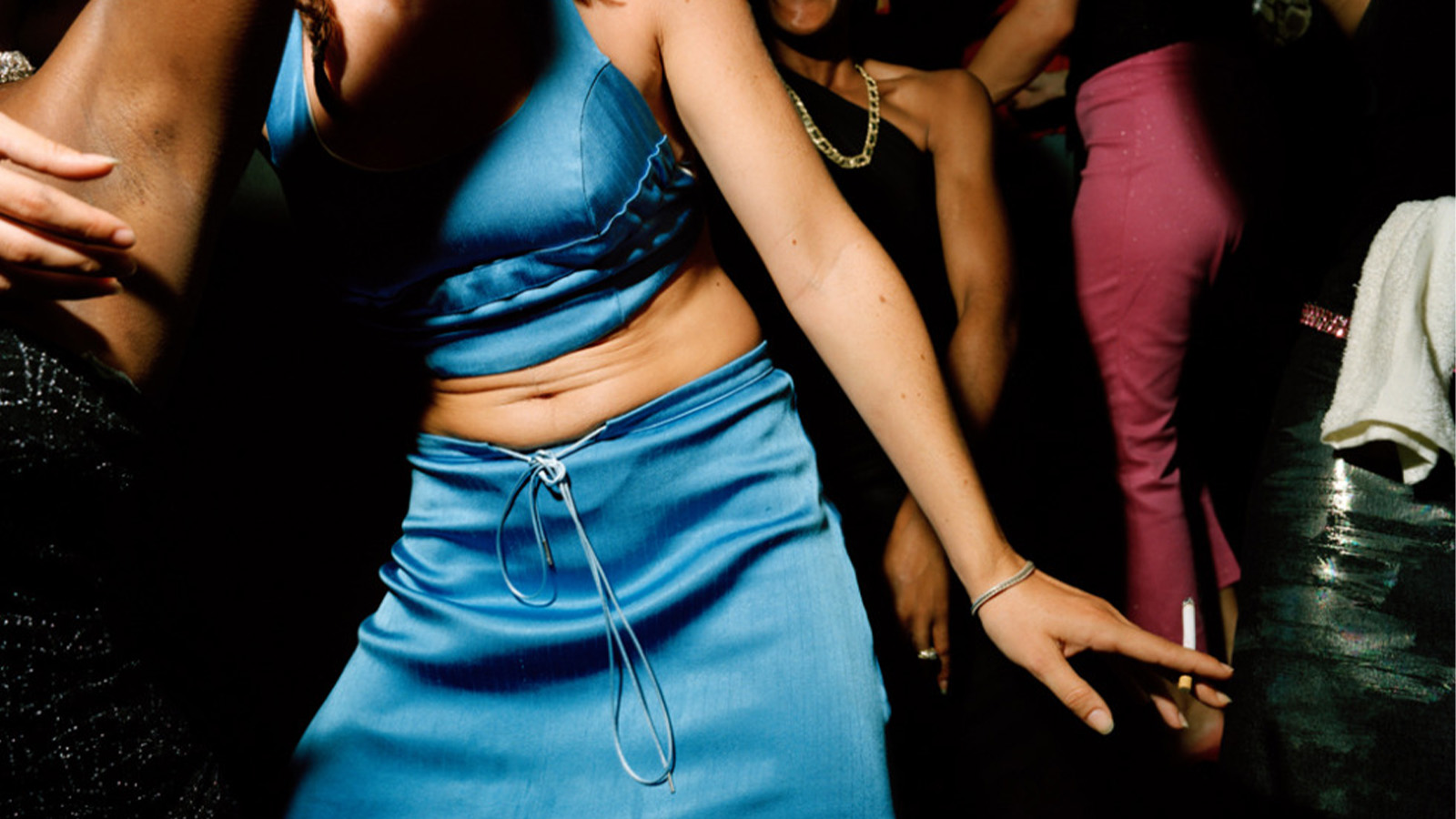 From counter-culture to Northern Soul, these photos chart an intimate history of working-class Britain
From counter-culture to Northern Soul, these photos chart an intimate history of working-class Britain‘After the End of History: British Working Class Photography 1989 – 2024’ is at Edinburgh gallery Stills
By Tianna Williams